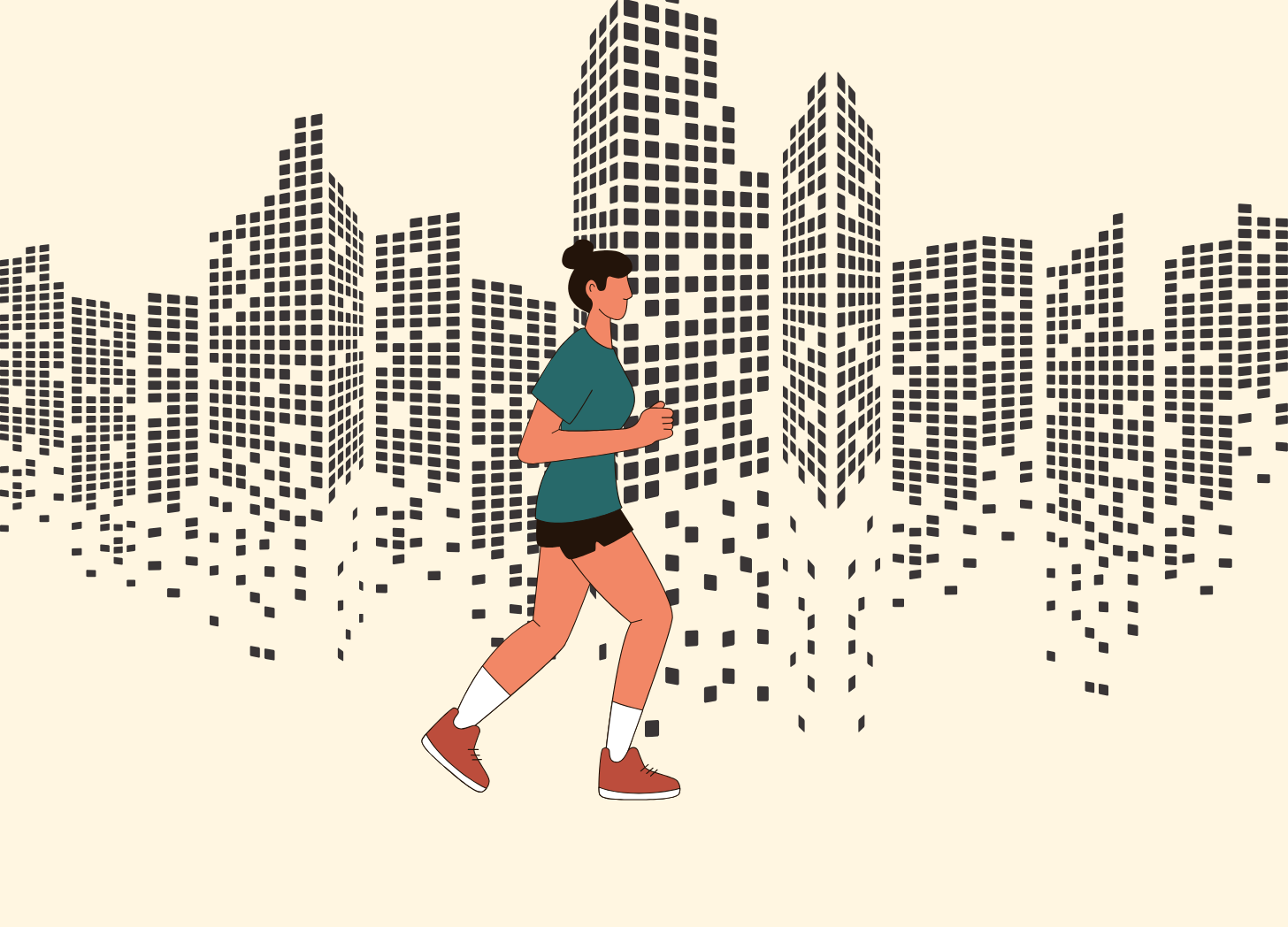Emma Sturgess is a journalist, TV producer and multiple marathon runner. Fresh from this year’s Berlin Marathon, she penned this piece for us on what it’s really like to be at the back of a race.
Amid all the narratives about races and racing, there’s one notion that’s never made all that much sense to me – the idea that it’s a ‘party at the back’. It’s a phrase which leans heavily on the idea that while all the proper runners (predominantly men) go balls out and suffer for a time at the front, runners in later waves (predominantly women) rumble along at the back having a great old time. Selfies! Stops for a dance! Hugs with strangers! They’re just thrilled to be there and hoping to get round!
But. While I am, obviously, ALWAYs thrilled to be there – thank Christ I’m fit to run, netball wouldn’t suit me at all – being a slower runner doesn’t always, necessarily or exclusively mean just being there for the atmosphere. It doesn’t mean we haven’t trained hard, or made sacrifices, or thought about the time we want. I lined up for the Berlin marathon this year in a later wave. The ‘party at the back’ model would have had me girlishly thrilled about the privilege and ambivalent about my time.
Having fun, even if it’s the Type 2 delayed gratification kind of fun, is really, really important to me and the only valid justification, in the end, for all that time and money spent – but I also really wanted a PB. And despite setting off towards the back of the pack, I knew 26.2 miles of pushing myself to run faster over that distance than I ever have before wasn’t going to be a party.
The other reality of setting off in a later wave and taking longer is that actually, sometimes, by the time slower runners get round things have gone a bit…flat. Supporters have wandered off to the pub and volunteers are looking jaded. In the bad old days, finish gantries would have been dismantled. And although many major races now clap their final finishers in, the fear of the sweeper bus remains real for many. The sheer number of bodies that have already passed through means that, by the time the later waves get there, roads are sticky with gels or slippy with water, toilets are filthy and aid stations poorly stocked. In Berlin, the ‘free’ Maurten gels being given out at mile 17 had all been taken and stashed by faster runners. And there was I thinking that really fast race shorts had tiny pockets.
Being in the middle or the back of the pack can be a wonderful, communal experience. There’s less chance of being elbowed at water stations or feeling adrift in a sea of thin white men. But the idea that slower runners can’t be competitive, or have goals, or take their running seriously, is outdated. Party at the back my a***.




